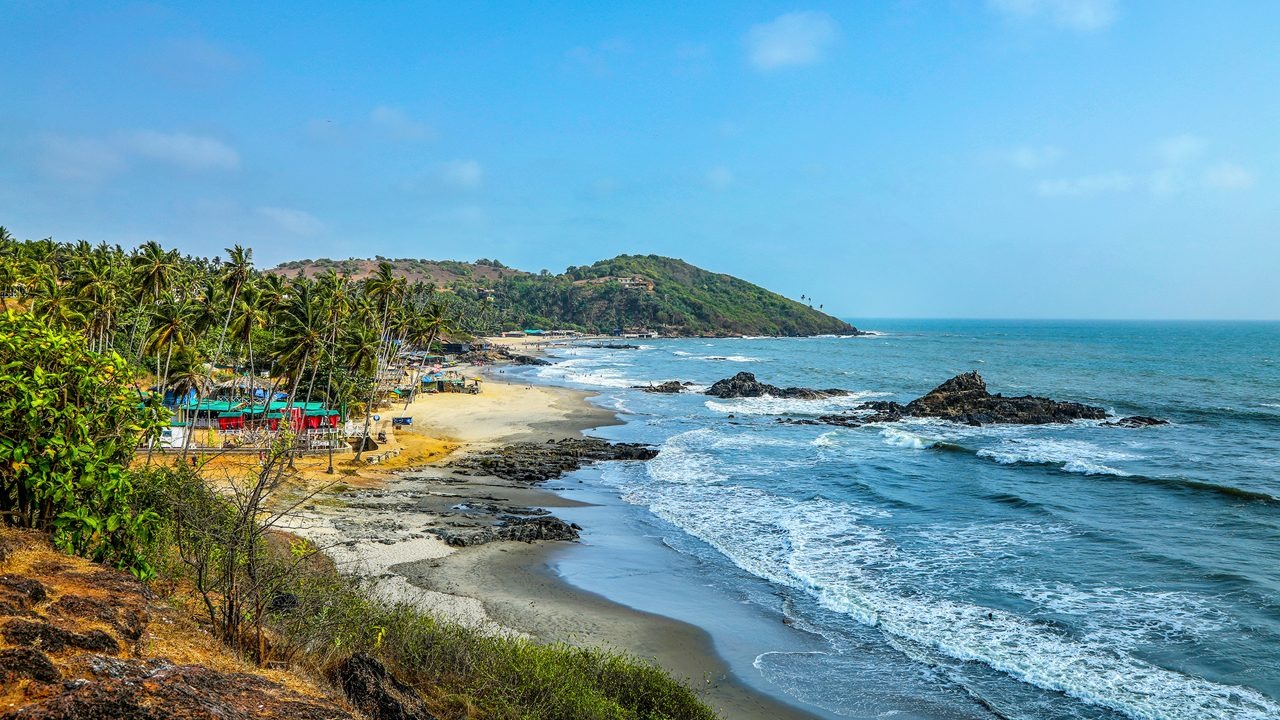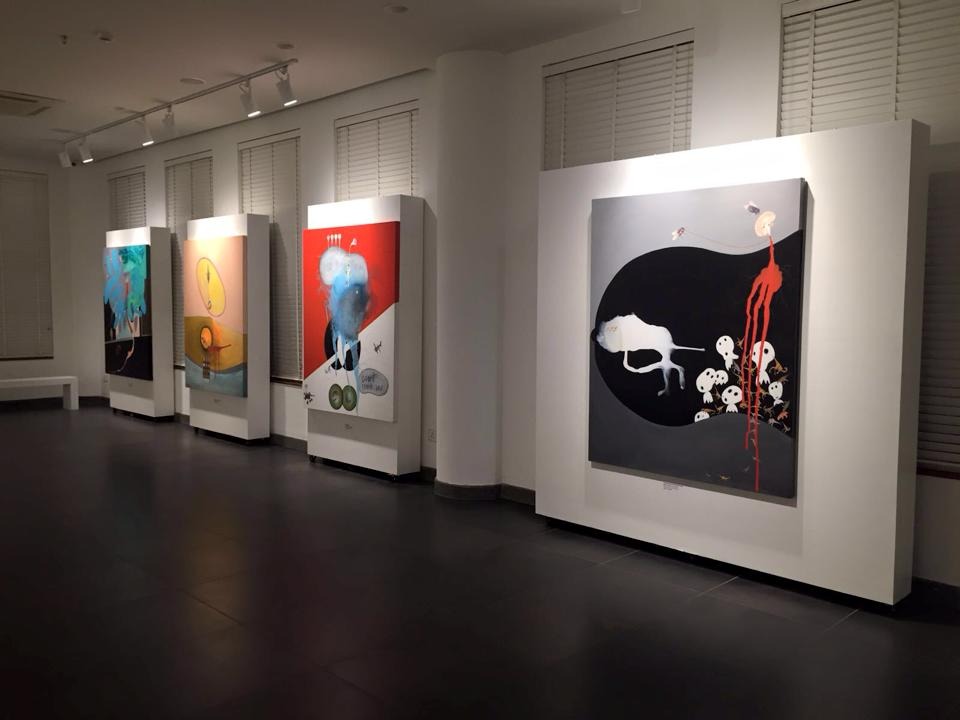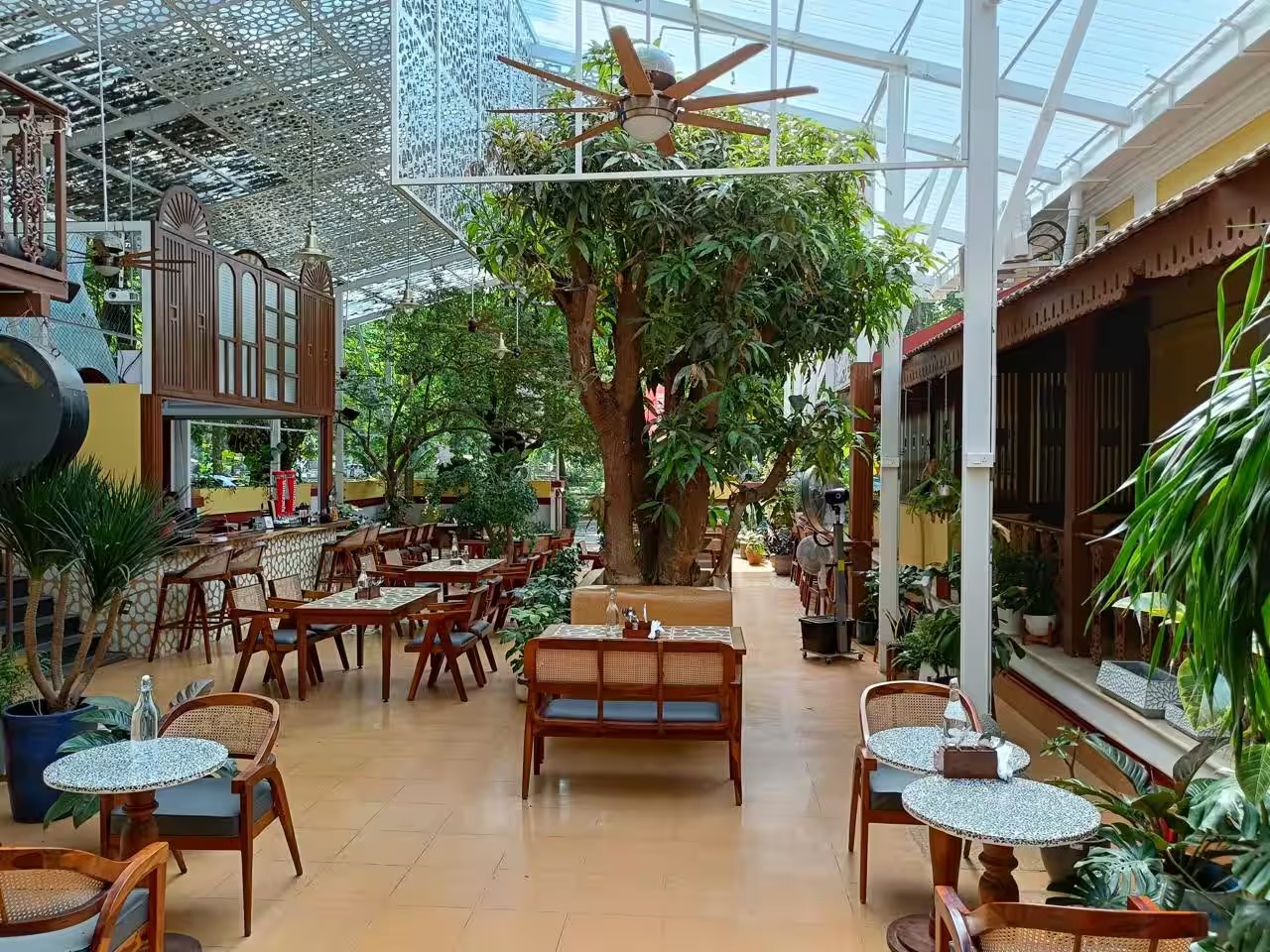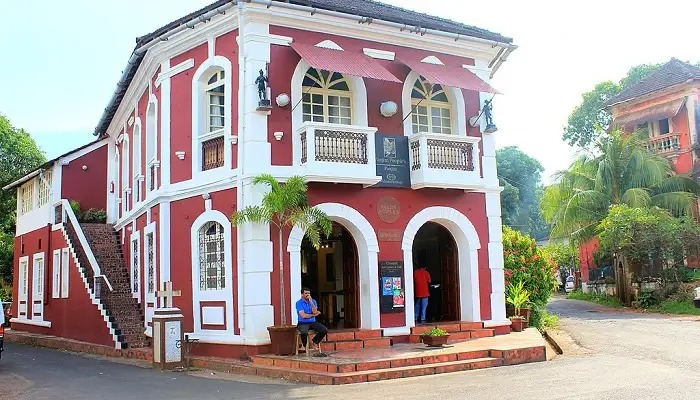Fontainhas (Latin Quarter, Panaji): A Journey into Goa’s Colourful Past
Goa is known for its beaches, nightlife, and seafood shacks, but beyond the waves lies a world steeped in culture and history. One such gem is Fontainhas, the Latin Quarter of Panaji, where time seems to stand still. Walking through its narrow lanes is like stepping into a European postcard — pastel-hued houses, red-tiled roofs, ornate balconies, and the faint aroma of freshly baked Goan bread drifting through the air.
If you’ve ever wanted to experience Goa beyond the beaches, this is where you should be. Let’s take you on a stroll through Fontainhas, its history, architecture, art, and soul.
The History of Fontainhas
Fontainhas was established in the late 18th century when Antonio Joao de Sequeira, a Goan expatriate who made his fortune in Mozambique, returned and developed this area at the foot of the Altinho Hill. The name Fontainhas means “little fountain” in Portuguese, referring to a natural spring that once flowed here.
Under Portuguese rule, this quarter became home to administrators, merchants, and artists, giving it a distinctly European vibe. Even after Goa became a part of India in 1961, the neighborhood retained its heritage charm, preserved by families who have lived here for generations Goa tour package from delhi.
Architectural Charms
What sets Fontainhas apart is its distinct Indo-Portuguese architecture.
1. Colorful Facades
Every building here tells a story in color — mustard yellows, ocean blues, pale pinks, and bottle greens. The bright shades aren’t just aesthetic; they’re part of a Portuguese tradition of painting homes annually after the monsoons to keep them fresh and vibrant.
2. Ornate Balconies
Balconies here are adorned with wrought iron railings, terracotta tiles, and overhanging bougainvillea. Many have arched doorways and large wooden windows with oyster shell panes — a style that keeps interiors cool in the Goan heat.
3. Churches and Chapels
The Chapel of St. Sebastian is one of the most iconic landmarks in Fontainhas. Built in the 19th century, it houses a crucifix brought from the Palace of the Inquisition in Old Goa, with Christ depicted with open eyes — a rare feature in crucifix imagery.
Art, Culture, and Lifestyle
Fontainhas is not just about pretty houses; it’s also a thriving hub of art and culture.
1. Art Galleries
The neighborhood is home to several art spaces such as the Gitanjali Gallery and Velha Goa Galeria, showcasing contemporary Goan and international artists.
2. Heritage Cafés
Quaint cafes like Café Bodega and Tea Café are tucked into restored heritage buildings, offering both Goan snacks and continental fare. Many also serve as meeting spots for local artists and travelers.
3. Annual Fontainhas Festival
Every February, the Fontainhas Festival of Arts transforms the quarter into an open-air art gallery with live music, folk performances, and heritage walks. The streets come alive with colors, lights, and creative energy.
Exploring Fontainhas on Foot
The best way to discover Fontainhas is on foot, soaking in its details.
Suggested Walking Route:
-
Start at Rua 31 de Janeiro – the main street lined with colorful houses.
-
Visit the Chapel of St. Sebastian.
-
Wander into side lanes like Rua de Natal and Rua de São Tomé.
-
Stop at a local bakery for pão (Goan bread).
-
End your walk at the riverside, watching fishing boats on the Mandovi River.
Tips for Visiting Fontainhas
- Best Time to Visit: Early morning or late afternoon for pleasant weather and soft sunlight for photography.
- Dress Comfortably: Light cotton clothes and walking shoes are best.
- Respect Privacy: Many houses are still private residences, so ask before photographing.
How to Reach Fontainhas
- From Panaji Bus Stand, it’s a 10-minute walk.
- From Goa International Airport (Dabolim), it’s about 28 km by taxi.
- If you’re traveling from other states, booking a Goa tour package from Delhi often includes heritage walks in Panaji, making it easy to add Fontainhas to your itinerary along with popular beaches and churches.
Nearby Attractions
- Immaculate Conception Church – Just a short walk away, famous for its twin staircases and panoramic city views.
- Altinho Hill – Offers a bird’s-eye view of Fontainhas and the Mandovi River.
- Goa State Museum – For deeper insights into Goan history.
Why Fontainhas Should Be on Your Goa Itinerary
Most visitors to Goa never wander beyond the coastline, missing the soul of the state. Fontainhas is where you can:
- Experience Goa’s colonial past in living color.
- Interact with locals who proudly maintain their heritage homes.
- Immerse yourself in art, history, and architecture.
This neighborhood is a reminder that Goa’s identity is shaped as much by its streets and stories as by its sands and sunsets.
Conclusion
Fontainhas is not just a place; it’s an experience — a walk through history where every doorway, every window, and every cobblestone has a tale to tell. So the next time you’re in Goa, take a break from the beach, grab your camera, and lose yourself in the lanes of Panaji’s Latin Quarter. You might just find that the most memorable part of your trip has nothing to do with the sea.




